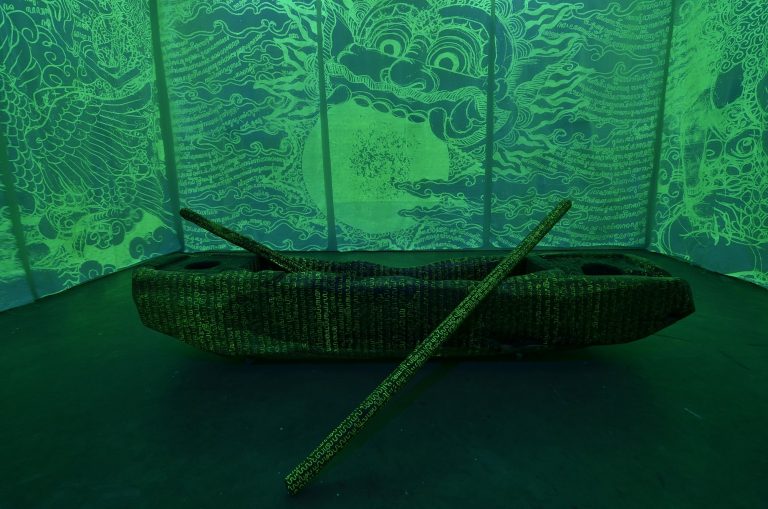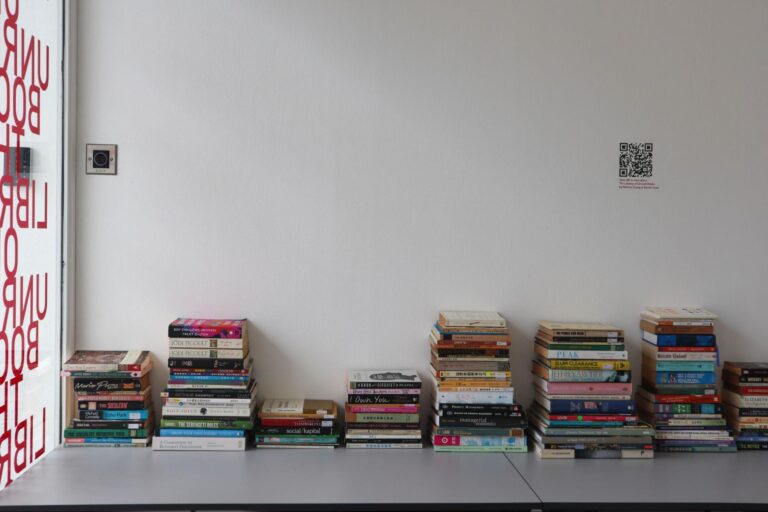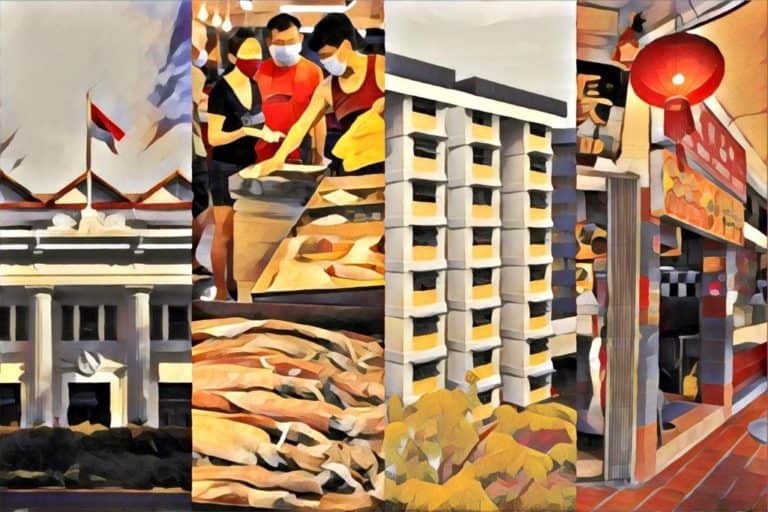In 1952, American composer John Cage sat down at a piano on a stage in front of a seated audience. For the next 4 minutes and 33 seconds, he sat in silence, not playing a single note.
The audience listened to the shuffling sounds of their increasingly restless peers, throat clearing and sounds of breathing. The everyday noises that we tune out of our auditory experience of the world turned into the work itself.
Sound Art is an art form in which sound is used as the primary medium. The first published use of the term can be found on the cover of the Something Else Press 1974 Yearbook, but the movement has ties to conceptual art, Dadaism and performance art.
Is Sound Art just music?
Although music also uses sound as a medium, Sound Art distinguishes itself by being primarily displayed as artworks and inspired by key ideas in visual art, rather than music.
Sound can be surprisingly controversial. In 2010, artist Susan Philipsz was awarded the Turner Prize for the sound installation Lowlands. In this, the artist recorded herself singing a Scottish song about a drowned woman who returns to her lover’s dreams, and played the audio from speakers under three bridges along Glasgow’s River Clyde.
The haunting audio throws itself over the water, turning a public functional space into a wildly emotional and immersive one.
When Philipz won the prestigious art prize, critics denounced the decision, arguing that she should be classified as a singer. Yet others praised the work, arguing that Lowlands makes you “think of your place in the world, and opens you up to your feelings”.
Sound Art and Technology
New developments in audio technology have facilitated sound art’s rise. Harnessing the power of new electronic media, Sound Art can create immersive environments and spaces that draw the viewer in.
Zul Mahmod is a seminal Singaporean sound artist that makes use of technology in his work. In his installations, he uses field recordings, sensors, automation and electronics to create works for viewers to tune into their listening skills.
In Raising Spirits and Restoring Souls, Mahmod re-imagines Singapore’s national anthem, Majulah Singapura, as a percussive beat created through electromagnetic currents, layered with sound recordings. As a tune sung every day by Singaporean school children, the deconstructed audio piece is simultaneously instinctively familiar, yet eludes easy identification.
Sound and the Everyday
Wherever you are right now is a space that sound inhabits. Where individual voices are limited in their reach, sounds can convey ideas, dreams and alarm over vast distances.
In For Whom the Bell Tolls, the Hong Kong-based artist Samson Young documented the chime of iconic bells over five continents. The sounds of local bells often become recognisable icons of collective pride for communities and convey political, social, and religious status.
Young looks closely at acts of abduction or destruction of bells and how they are often results of violent conflicts. In investigating seemingly “everyday” sounds, Young reveals larger socio-political structures and events.
Sound creates space
Sounds also work hand in hand with the spaces they inhabit, revealing drastic changes in the world around us. They can also highlight what is already present but overlooked. British-Singaporean artist Zai Tang uses field recordings to create immersive soundscapes.
In Redder, displayed at the Thai Crane Research Center, he uses recordings of the Eastern Sarus Crane, a species that has returned from the brink of extinction with the help of captive breeding programs. Through the work, he creates space for us to contemplate our relationships with nature.
Sound and more
Although there are instances in which the work’s sole medium is sound, many works include sound as part of a mixed media approach. Andi taku e sana, Amung taku di sana / All of us present, This is our gathering is a collaborative project that uses musical notation, sound and video, painting and design, and textile weaving to investigate cultural traditions and communication in the Philippines.
Sound invites the viewer to enter the installation and engage in a dialogue with the work’s multi-layered subject matter.
In this case, the integration of sound into video and weaving shows us how versatile and pervasive sound is as a medium. While one can always choose to look away, sound permeates every aspect of our experiences.
Future trends
How might sound art continue to develop? It’s likely that the line between performance, experimental music and sound art will continue to blur. During the Covid-19 pandemic, NTU CCA organised the virtual event Free Jazz III. Sound. Walks., using sound and art to transcend physical and social distance.
Sound Art allows us to listen closely to our world, reinterpret the spaces around us and give our everyday environments new meaning.















